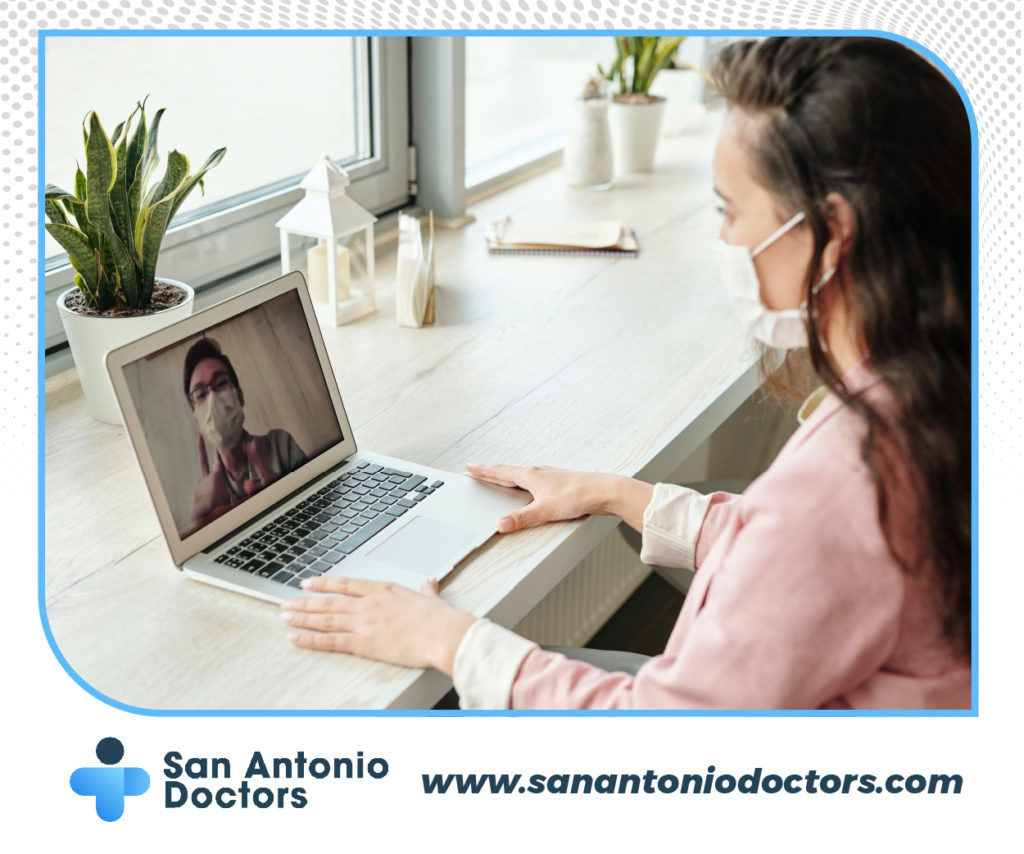Creative treatment planning
By Annette M. Zaharoff, MD
Studies have shown that as many as 76 percent of pregnant women experience low back pain, and as many as 50 percent of them take time off from work or have reduced social interactions because of it. Those with severe pain may even avoid future pregnancies because they fear recurrent low back pain. Why does it occur, and how can it be treated?
Pain generators
Many changes occur to a woman’s body during pregnancy that predispose her to develop low back pain (LBP). Weight gain leads to a shift in the center of gravity, causing a strain on the low back and sacroiliac (SI) joints. Ligaments and joints may become lax secondary to hormones released during pregnancy causing mechanical strain of the lower back and SI joints. Muscle weakness may lead to myofascial pain syndromes and malalignment problems. Weakness in the core muscles as well as the pelvic floor, hip and lower extremities may all contribute to developing LBP. Lumbar disc herniations occur in one in 10,000 pregnant women. This rate is not significantly different, however, from the rate in nonpregnant women of childbearing age. Hip pathology may also refer pain to the low back and must be included in the evaluation.
Testing
An appropriate physical examination is important to identify the problem as radiographic tests are contraindicated during pregnancy. Ultrasound poses no risk of fetal harm, and an MRI is safe but should not be used during the first trimester due to lack of long term studies.
Musculoskeletal tests can confirm the common diagnoses for lumbar and SI joint dysfunction, muscle imbalance, malalignment problems, and disc injuries. These tests can be conducted by a physical medicine and rehabilitation physician, an obstetrician or physical therapist.
Treatment options
Physical therapy, bracing, oral medications, limited injections and alternative treatments such as acupuncture may be considered.
Physical therapy may offer tremendous relief utilizing postural retraining, stretching, manual therapies and functional and core-strengthening exercises.
Safe pain control modalities may also be used in treatment such as transcutaneous electrical nerve stimulation (TENS) and acupuncture if approved by the obstetrician.
SI joint belts and abdominal binders along with core strengthening may add significant pain relief for LBP.
Very few medications are safe to utilize for pain during pregnancy. Acetominophen and limited opioids may be used with the obstetrician’s approval along with short courses (48 hours) of anti-inflammatory medications. During the second and third trimester, limited steroid injections with local anesthetics may be considered for severe cases and should be discussed with the obstetrician.
Talk to your doctor
Although LBP affects the majority of pregnant women, good nonsurgical treatments can provide relief. Women should check with their obstetricians regarding specific questions about treatment. A referral to a physical medicine and rehabilitation physician may be helpful to evaluate the problem and prescribe specific therapies. If you have questions, talk to your doctor.
Dr. Annette Zaharoff is a sports medicine physician specializing in the non-surgical evaluation and treatment of injuries. She maintains a private practice in San Antonio and may be reached by calling her office at (210) 616-0646 or visiting her Web site www.drZmd.com .






